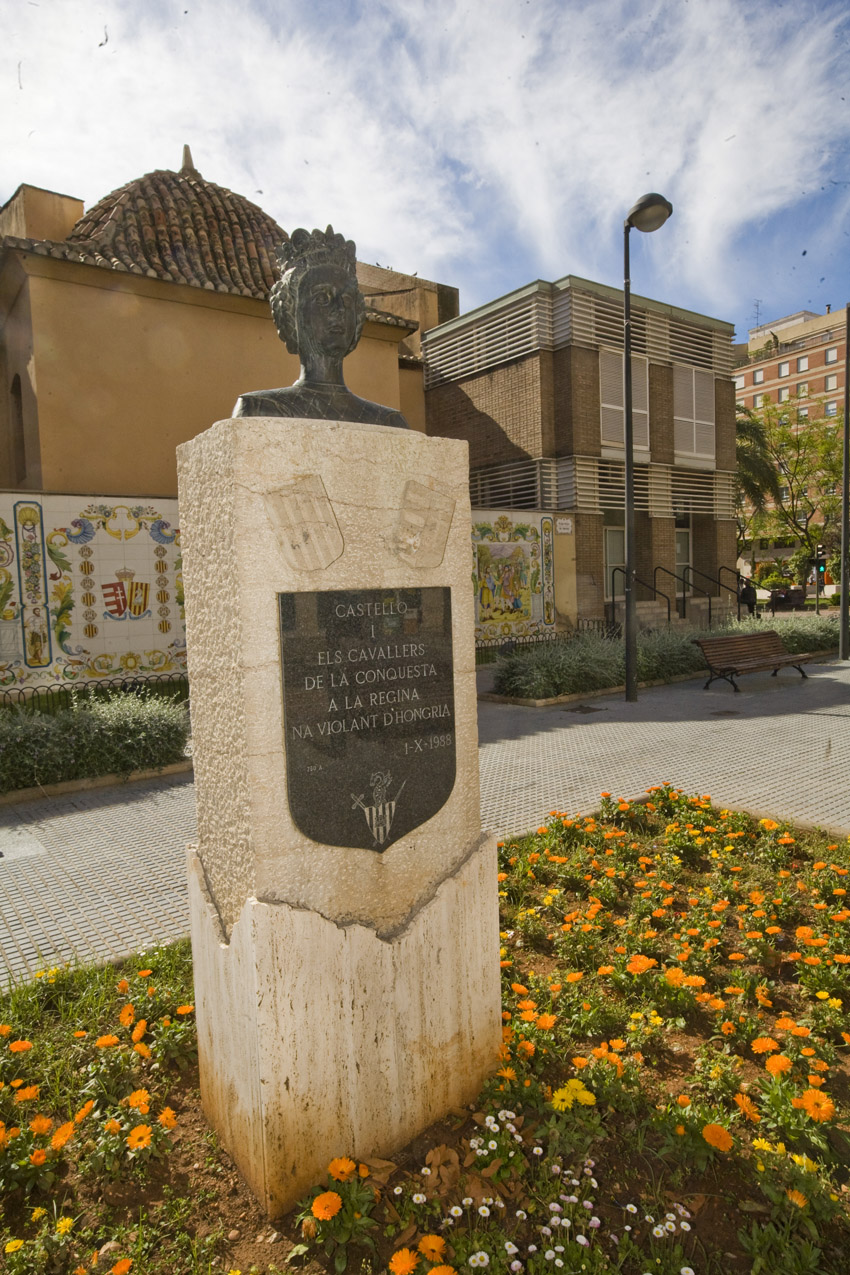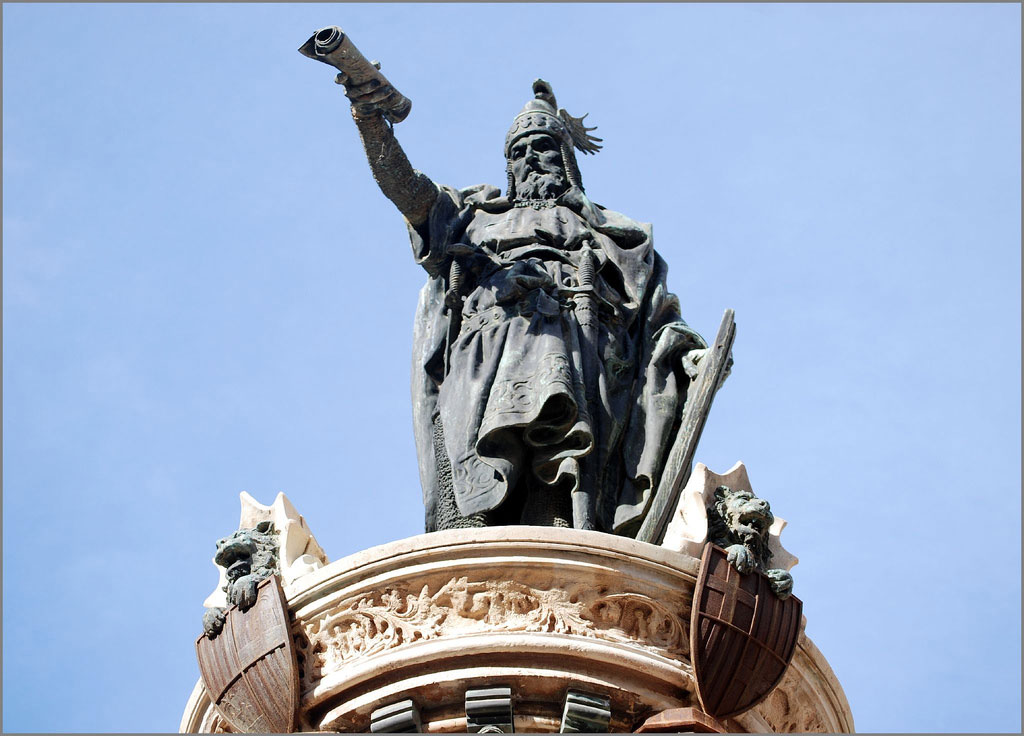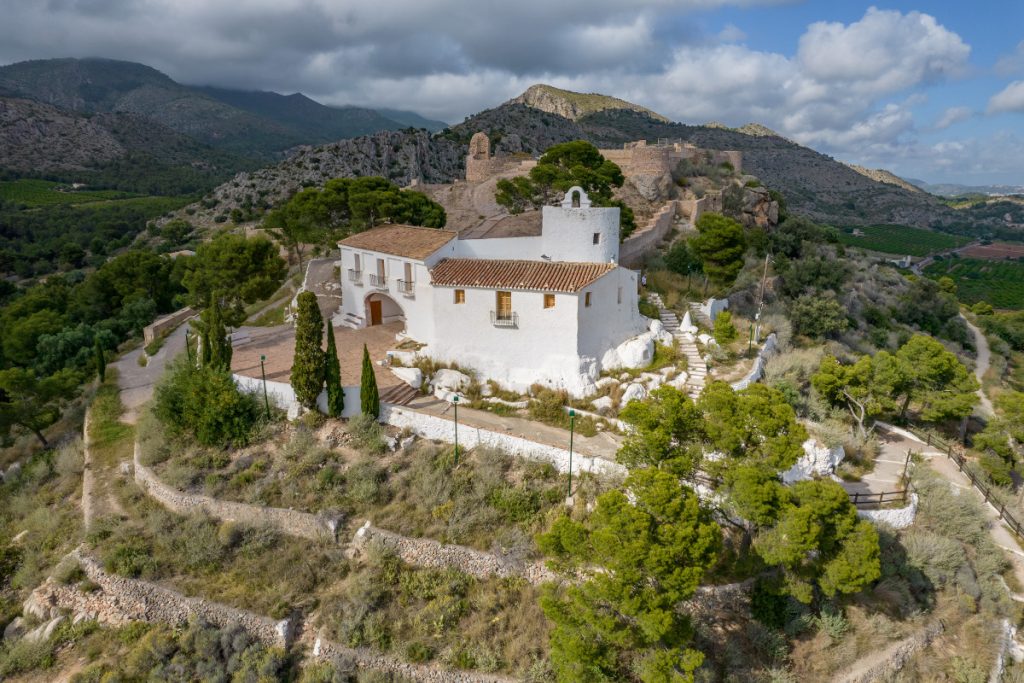The seventeenth and eighteenth centuries are a step towards the modern city, which leaves behind its medieval character, constantly increasing its population due to economic growth, fostered in part by the thriving industry of hemp.
Castelló changes its physiognomy carrying out some important constructions. The bell tower “El Fadrí” (1604) is completed, the Church of Santa María is expanded and the works of the Lonja del Cáñamo (old hemp market) and of the new Town Hall, begin.
This creates a strong urban transformation by creating a single large space in the Plaza Mayor, where the urban life of the village will be loosely concentrated and its main buildings will be located (civil power against religious power).

During the nineteenth century we witnessed a continuous growth of the city, providing it with its characteristic current form. Proof of this is a patent population increase (from 19,945 inhabitants in 1857 to 23,393 in 1877). This century also coincides with the time of the rise of the cultivation of orange throughout the area, which will transform its rural and peri-urban landscape to the present time. In 1833 Castelló obtained the provincial capital and although the forgotten walls seemed to have disappeared forever, were re-erected in 1837 to defend themselves against the Carlist threats. In the Castelló of the XIX there were profound urban transformations in tune with the entrenchment of the ideas of the capitalism and the nascent bourgeoisie. At the moment a small tram was established as a mean of transport for passengers, both local and metropolitan: “La Panderola”.
In Lleida, on September 8 1251, Jaime I El Conquistador, extended a document authorizing Ximén Pérez de Arenós, his lieutenant in the kingdom of Valencia, to move the town of Castelló from its original site to the place of the Plana (the name of the region) that was most appropriate. The traditional memory places the transfer on the third Sunday of Lent the following year. This fact has been recalled annually, since 1945, during the founding festivities by holding a pilgrimage to the hermitage of the Magdalena on the third Sunday of Lent.

Life in the Castelló of the medieval centuries had fully urban characters, with important weight of craft and commercial activities above the rural dedication of the cultivation of the field, which also took on further and increasing development through the irrigation system with the water of the Mijares.
As a sign of the real drive to economic development, on March 16 1260, Jaime I authorized the construction of a road to link the village with the sea, giving rise to what we now know as the Grau.

The son and successor of Jaime I, Pedro III El Grande, from Barcelona on February 7 1284, granted the town of Castelló the power of self-govern itself by ensuring the right to possess its own municipal organization. Castelló assumed since the fourteenth century the seat of the governorate of the region that covered from the Uxó River to the Sénia River, and with it a role of capital that has not abandoned it over several centuries.
It is located in the idiosyncrasies of the society of Castelló the pride of belonging to our city, which is exhibited in each celebration of our festivities with the remembrance for that initial transfer that led to the genesis of the place we know today as our house, a pleasant place on the shores of the Mediterranean that the sun comes to illuminate an average of 300 days a year.
A community that does not forget its first steps, its reason of being, Castelló is a living community fully capable of continuing to build its future.